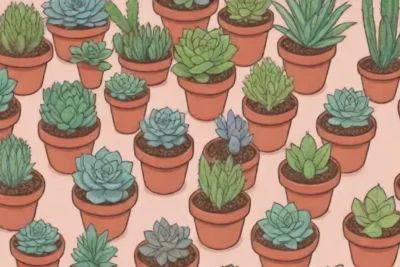
Repotting Succulents: Signs That Your Plant Needs a New Pot
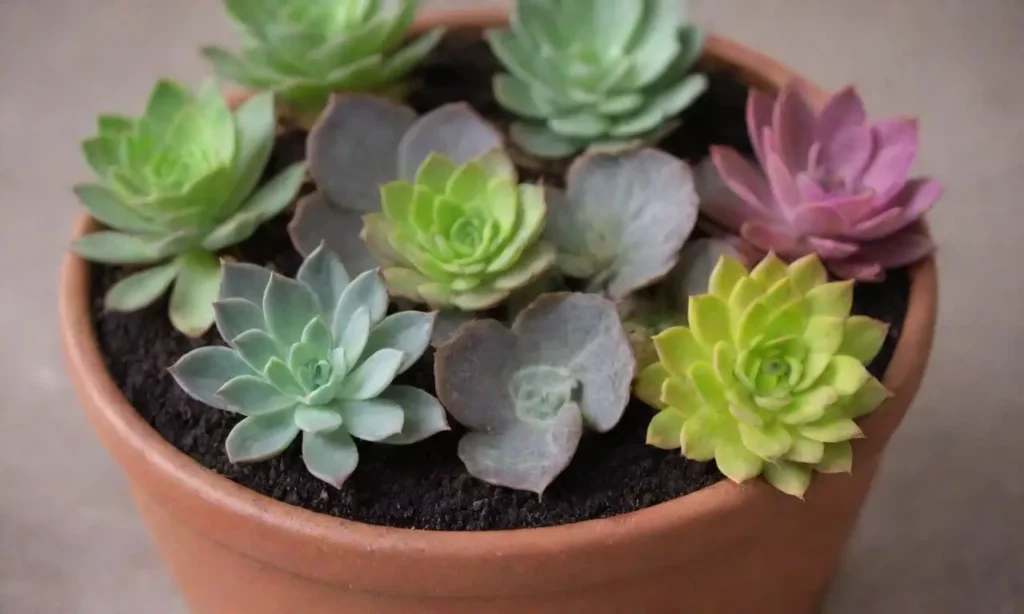
Introduction
Succulents have become increasingly popular due to their vibrant colors, unique shapes, and low-maintenance requirements. These resilient plants are known for their ability to store water in their leaves, making them a favorite among beginner gardeners and seasoned plant aficionados alike. However, even the most resilient plant requires periodic adjustments in care to ensure its continued health and growth. One vital aspect of succulent care is repotting, which involves transferring the plant to a new container with fresh soil to support its growing needs.
In this article, we will delve into the signs that indicate your succulent needs to be repotted. Understanding these signs can help you provide the best environment for your plants and ensure they remain healthy and vibrant. We will explore the reasons for repotting, the best practices for doing so, and how to select the right container and soil for your beloved succulents.
Understanding the Need for Repotting
Succulents, like all plants, have specific needs that can change over time. As they grow, their root systems expand, and their requirements can shift, demanding different levels of space, drainage, and nutrients. One of the primary reasons for repotting is root bound conditions where the roots have extended throughout the soil and started to circle around the bottom of the pot. This situation deprives the plant of essential nutrients and causes stress. As such, recognizing when your succulent has outgrown its home is essential for promoting its overall health.
Another key reason for repotting is to refresh the soil. Over time, the nutrients in potting soil can break down and get depleted. This results in a medium that is less effective at supplying water and nutrients to your plant. If your succulent is planted in soil that has compacted or lost its aeration, it may start suffering from root rot or poor growth. By repotting and refreshing the soil, you provide your plant with the essential nutrients needed for its growth.
Finally, repotting serves as an opportunity to assess your succulent's health. During the repotting process, you can inspect for signs of pests or diseases that may have gone unnoticed. If you catch problems early on, you can often take corrective measures quickly, helping your succulent thrive.
Signs Your Succulent Needs Repotting
Root Bound Indicators
One of the most significant signs that your succulent may need repotting is the appearance of root bound conditions. When examining the bottom of the pot, you may observe roots starting to protrude through drainage holes. If you notice roots pushing out of the pot or completely encircling the root ball, these are clear indications that your plant has outgrown its current home. Being root bound can significantly stunt your succulent's growth and water absorption.
Another indicator of being root bound is if your succulent is becoming top-heavy. When the root system does not have enough room to develop, it can lead to an imbalance. A plant with a large upper structure but a small root system is at risk of tipping over or breaking. Additionally, if your succulent is becoming increasingly dry despite regular watering, this may be because its roots are taking up all available space, limiting their effectiveness in absorbing moisture.
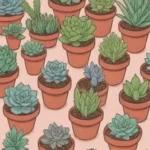 How Often Should You Repot Your Succulents? Key Insights
How Often Should You Repot Your Succulents? Key InsightsLastly, you may notice that your succulent’s growth has slowed down or stopped altogether. A healthy succulent should grow relatively consistently; if it seems to remain static for too long, it may be struggling with insufficient space. In this case, it’s time to consider moving it to a new pot that allows for further development and vitality.
Declining Soil Quality
The quality of soil used for succulent plants greatly impacts their growth. Over time, the nutrients in potting soil can deplete, leading to yellowing leaves, stunted growth, and overall decline in health. If you find that your succulent's leaves are turning soft or mushy, this may suggest the soil is retaining too much moisture, leading to root rot.
As the soil breaks down, it can become compacted, contributing to poor drainage. Good drainage is essential for succulents because they are prone to rot if their roots sit in water. If your plant is in soil that seems overly dense or heavy, it may be time for repotting.
Another indicator of declining soil quality is the presence of algae or mold on the soil surface. Algae formation typically occurs when the soil remains too moist and lacks proper airflow. If you see these unwanted growths, it’s essential to repot as soon as possible to prevent any potential issues with root health.
Pest or Disease Signs
When repotting your succulents, it’s also vital to check for pests or diseases. If you notice any discoloration, wilting, or unusual spots on your plant, these could be signs of infestation or infection. Common pests that afflict succulents include mealybugs, aphids, and spider mites. When you transfer your succulent to a new pot, you can closely inspect its roots and foliage for these problematic invaders.
If you detect any issues, you can take necessary actions such as treating with insecticidal soap or neem oil to prevent further damage. For more severe infestations, you may need to completely remove the affected area, which is easier to do when the plant is out of its pot.
In some cases, you might also notice mold or fungus in the soil mix, which can be harmful to your plant's health. Dealing with root rot conditions or various fungal infections is crucial for safeguarding your succulent. By moving your plant to fresh soil and a clean pot, you can offer it a new start free from the constraints of past problems.
 Container Gardening: Repotting Succulents in a Small Space
Container Gardening: Repotting Succulents in a Small SpaceBest Practices for Repotting
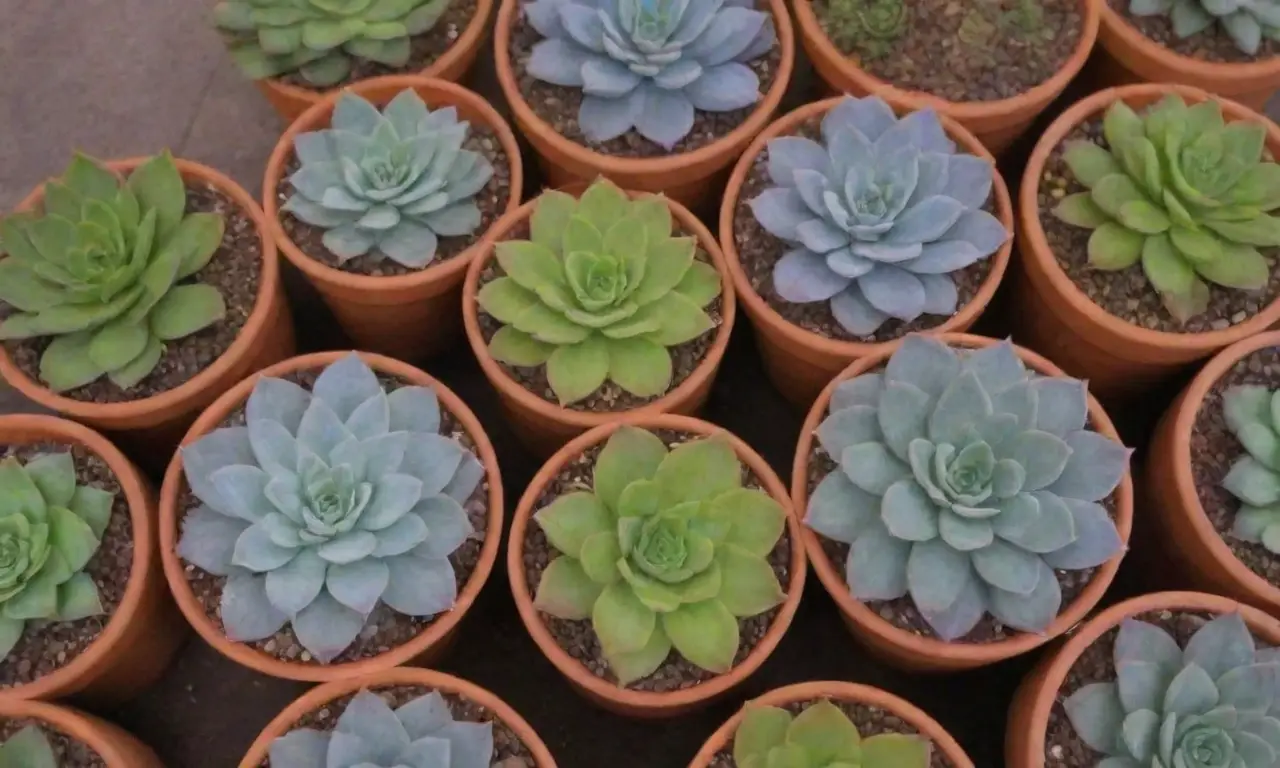
Choosing the Right Container
Choosing the right container is essential for the health of your succulent. Ideally, your new pot should be just slightly larger than the previous one, allowing enough space for the roots to expand while avoiding a situation where excess soil remains undrained. This excess soil can trap moisture, potentially leading to root rot.
It is also essential to ensure that the container has adequate drainage holes. Terracotta pots are often the preferred choice among succulent enthusiasts because they are porous and wick moisture away from the roots, providing better air circulation. When choosing a pot, consider the materials that enhance drainage and airflow for optimal root health.
Additionally, take your plant's aesthetics into account. Succulents come in various colors and shapes, and selecting a pot that complements your plant can enhance your indoor or outdoor space. Whether you prefer minimalistic designs or vibrant colors, your choice of container can contribute to the overall ambiance of your home or garden.
Preparing the Soil
Before repotting, it's essential to prepare the appropriate type of soil for your succulent. Succulents thrive best in a well-draining medium specifically designed for cacti and succulents. You can purchase pre-mixed succulent soil or create your own blend by combining standard potting soil with perlite, coarse sand, or pumice. These ingredients will enhance drainage and prevent the soil from retaining excess moisture.
When preparing your soil mix, you also want to consider including slow-release fertilizers to provide essential nutrients over time. Ensure the mix is lightweight and has excellent drainage capabilities. A well-prepared soil mix can make the transition during repotting considerably smoother for your succulent.
Repotting Process
The repotting process itself should be handled with care. Start by gently removing the succulent from its previous container. You can carefully grip the base of the plant and wiggle it free. If necessary, tap the pot to release stubborn roots. Avoid pulling from the leaves, as it may damage the plant.
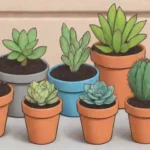 Repotting Succulents: Timing and Frequency for Healthy Growth
Repotting Succulents: Timing and Frequency for Healthy GrowthOnce you have removed the succulent from the old pot, gently loosen any tightly-circling roots before placing it into the new pot. Fill in the gaps around the roots with your prepared soil mixture while ensuring the base of the plant sits slightly above the pot’s rim. This will allow for better airflow and prevent soil from clumping directly against the stem.
After repotting, it’s critical to allow your succulent to acclimatize to its new surroundings. Refrain from watering the plant for about a week to let the roots settle and heal from any disturbances. During this dormant time, it’s best to keep the plant in a shaded location to minimize stress. Gradually reintroduce it to sunlight and resume regular watering once the initial acclimatization period concludes.
Conclusion
Repotting is a crucial component of succulent care that ensures these vibrant plants continue to thrive. By recognizing the signs of when a succulent needs repotting—such as being root bound, declining soil quality, or pest infestations—you can provide the necessary support for its growth. Taking the time to choose a suitable container and prepare the right soil enhances the health of your plants significantly.
By following best practices for repotting, you not only give your succulent a fresh start but also promote its overall longevity and vitality. Understanding the needs and signs of your succulents allows you to take proactive measures that keep these beautiful plants flourishing in your home or garden.
Maintaining success with your succulents is indeed a rewarding experience, and with proper care, they can thrive and add beauty to your space for many years to come. The journey of nurturing succulents teaches patience, observation, and the joy that comes with cultivating life in our surroundings. So, keep an eye on your plants, be attentive to their needs, and enjoy a bright and vibrant collection of these stunning desert gems.
If you want to read more articles similar to Repotting Succulents: Signs That Your Plant Needs a New Pot, you can visit the Repotting Techniques category.

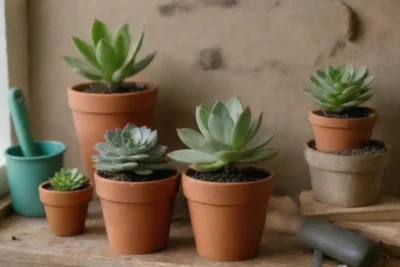
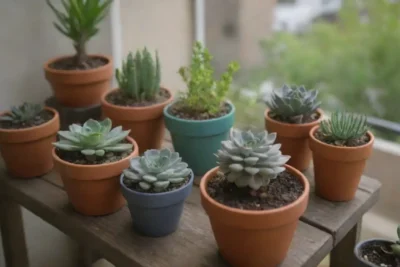
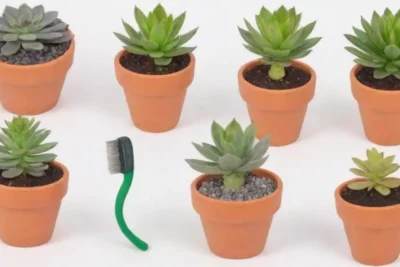
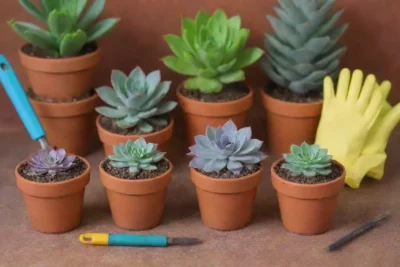
You Must Read